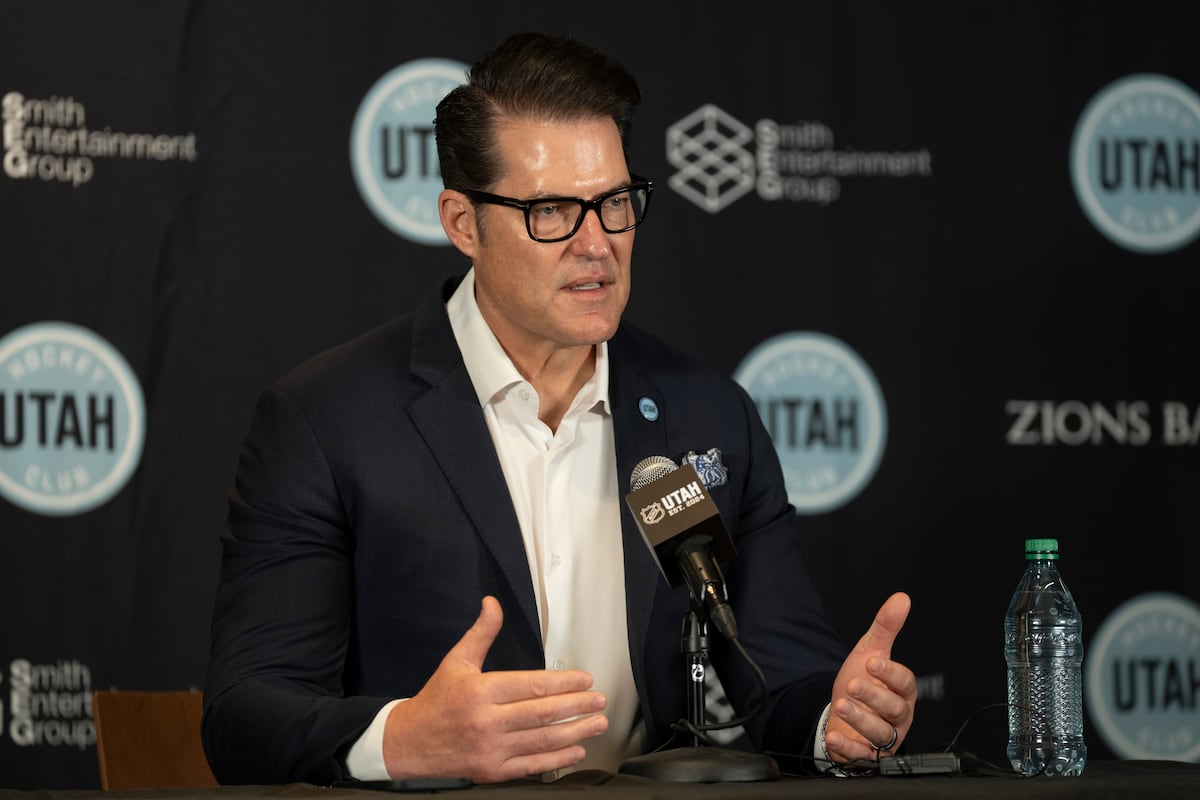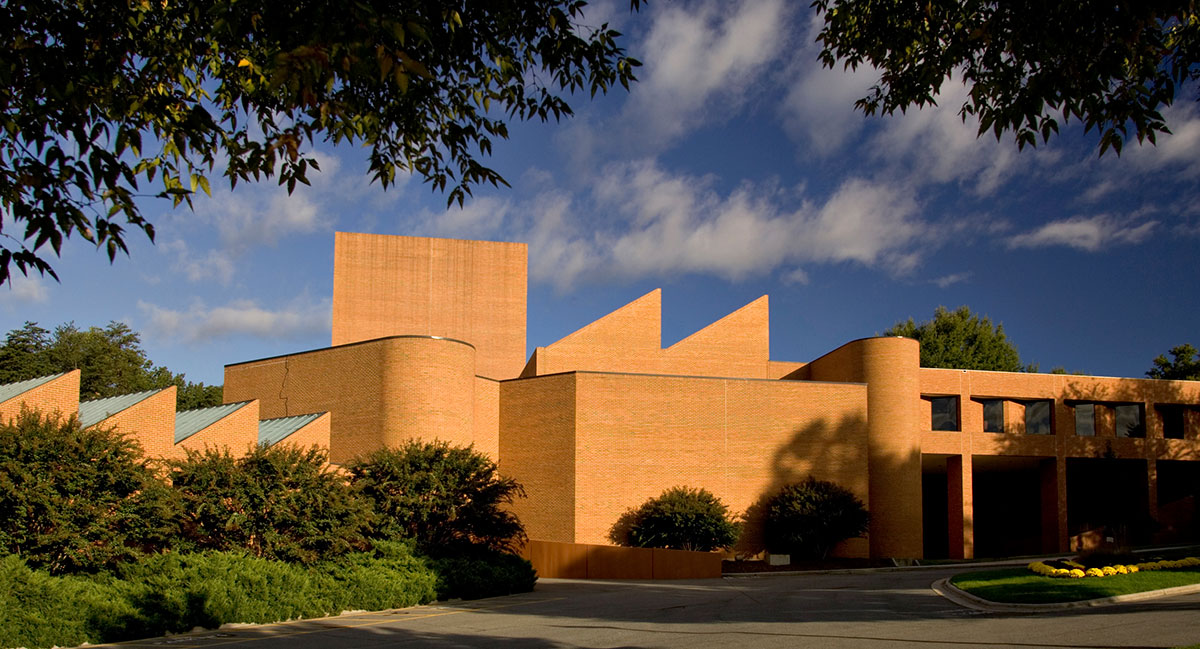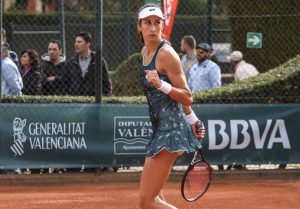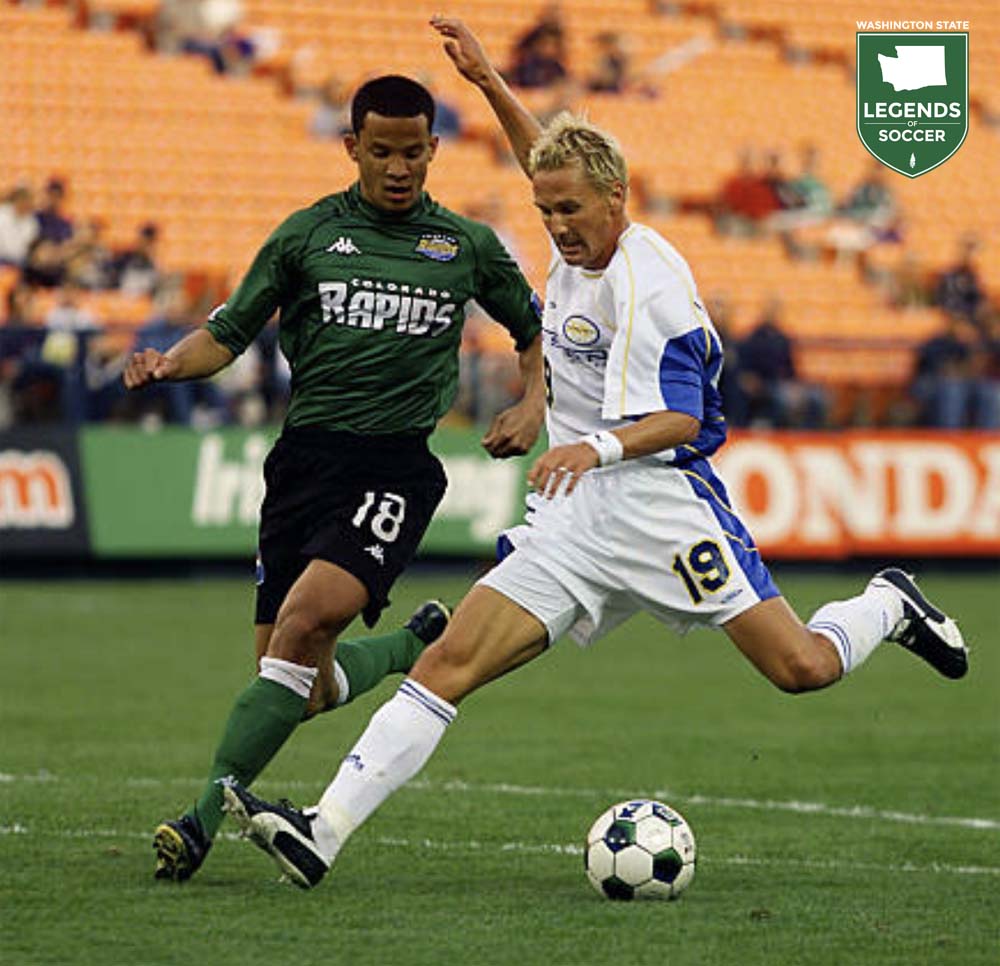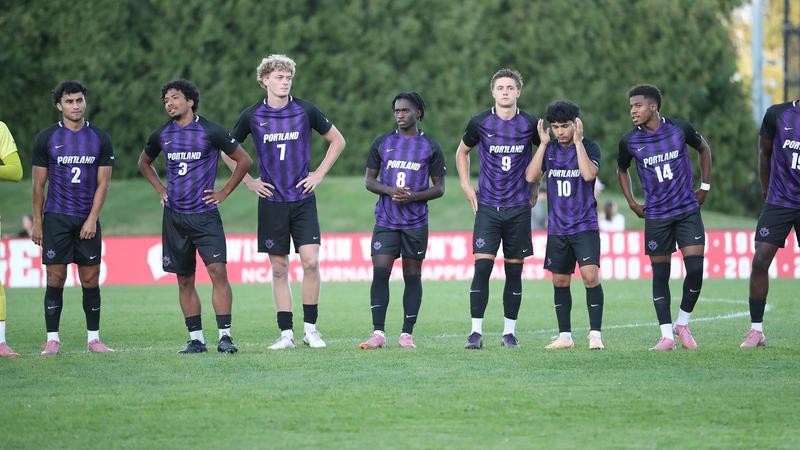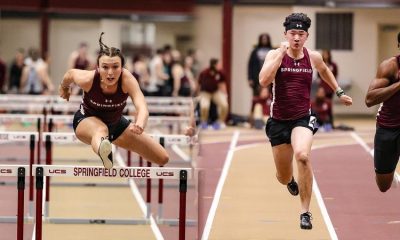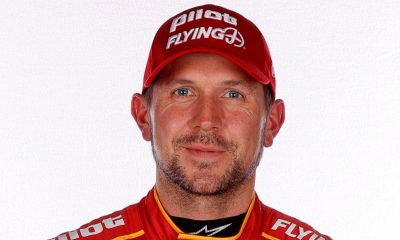With just under three weeks until the 2025 NHL Draft, the Utah Mammoth got an up-close view — and extended conversations — with some of the prospects they could potentially pick.
This year’s NHL Scouting Combine took place in Buffalo, New York, and included 57 forwards, 27 defensemen and five goaltenders from North America and Europe. The event spanned from June 2-7, during which the athletes underwent physical and medical exams, interviews with organizations and fitness testing.
The combine also allows teams to get to know the players outside of the game – extra time and dinners can be requested.
The Mammoth’s stroke of luck in May’s NHL Draft Lottery saw them advance 10 spots and secure the fourth overall pick. Accordingly, general manager Bill Armstrong and his staff had a group of top-tier prospects to assess at the combine.
Here are three Mammoth storylines to come out of Buffalo.
Who did the Utah Mammoth take to dinner?
While taking a prospect out to dinner does not automatically mean a team is going to draft them, it does show a heightened level of interest in the product. Tij Iginla, for one, ate with the Mammoth during the 2024 NHL Combine (as did several players) and was subsequently selected sixth overall by the organization at that year’s draft.
Tij Iginla, center, poses after being selected by the Utah Hockey Club during the first round of the NHL hockey draft Friday, June 28, 2024, in Las Vegas. (AP Photo/Steve Marcus)
So, the list of diners is not a tell on who exactly Utah wants to pick — there are, after all, three teams ahead of it who could change the draft board — but it does indicate who they’re looking further into.
Based on reports from the combine, the Mammoth had dinner with Michael Misa, James Hagens, Jake O’Brien, Brady Martin and Porter Martone. No other prospects were confirmed on that list as of Sunday.
Misa is expected to go shortly after defenseman Matthew Schaefer, who is the projected No. 1 pick. He might not be in Utah’s reach, but if he were left on the table, Armstrong would likely strike.
The 6-foot-1, 184-pound center was the captain of the Saginaw Spirit in the OHL this season and posted 134 points (62 goals, 72 assists) in 65 games.
“For me, I feel like I am ready to make that jump next year. That’s ultimately my goal to make the NHL next year,” Misa said to reporters. “I think gaining that center experience that I had this year definitely helped my game and just trying to become that more reliable 200-foot player, defensively as well.”
(Greg M. Cooper | AP) Boston College forward James Hagens (10) reacts after scoring a goal during the third period of an NCAA hockey regionals game against Bentley on Friday, March 28, 2025, in Manchester, N.H. Boston College won 3-1.
Hagens was the consensus No. 1 pick just a year ago; however, his stock has dropped a bit since then — meaning there’s a possibility Utah could have the choice to select him. And so, a steak meal was had. Hagens just played his freshman season of NCAA hockey at Boston College and had 37 points (11 goals, 26 assists) in 37 games. He’s a dynamic center who stands at 5-foot-11, 176 pounds; undersized for the group of top-5 forwards in the draft.
“Teams have asked a bunch of different questions. I think I just love to make my case that I love to win,” Hagens said. “I want to be able to win a Stanley Cup with whatever team takes a chance on me. No matter where I go, I know I will bring my compete and always want to win.”
O’Brien, Martone and Martin feel more realistic for Utah. The NHL’s Central Scouting released its 2025 Draft Prospect Rankings and had O’Brien at No. 4 of all North American skaters, Martone at No. 6 and Martin at No. 11. Those are to be taken with a grain of salt, of course, but just used to give a sense of the Mammoth’s range.
O’Brien — who reportedly came in 12 pounds heavier than he was in-season — is a 17-year-old center who is 6-foot-2, 170 pounds. The Toronto native had 98 points (32 goals, 66 assists) in 66 games with the Brantford Bulldogs this season in the OHL. O’Brien said his strengths are his hockey IQ and ability to pass the puck; he’d like to work on his first three steps and getting away from coverage. O’Brien seemed to enjoy the combine process.
“It’s just cool meeting the GMs and stuff. Just kind of having a relaxing conversation, getting to know them,” he said. “Just person to person — not really stressing out about the draft or anything. Having a good dinner and everything.”
Martone, on the other hand, could bring Utah the top-six size and scoring touch it needs in the next few years. But he is a right-wing, not a center. At 6-foot-3, 208 pounds, Martone logged 98 points (37 goals, 61 assists) in 57 games as the captain of the Brampton Steelheads in the OHL.
Of all these prospects, it was Martin who drew the most noise from the Mammoth, though. So let’s give him a section to himself. Keep reading.
What is the noise around Brady Martin?
Cam Robinson of Elite Prospects reported Saturday that, “Word around the campfire is that Utah *really* likes Brady Martin. Wouldn’t be shocking to see him go at No. 4.”
Martin’s name has not been in the top 5 for a lot of the draft analysts’ mock orders, but it appears scouts have a different opinion of him and the impact he could make at the NHL level.
Martin measured in at 6 feet, 186 pounds at the combine, but plays bigger than his size. The center has a high-end shot paired with punishing physicality. Martin had 72 points (33 goals, 39 assists) in 57 games as the assistant captain of the OHL’s Soo Greyhounds. He was also assistant captain for Team Canada in the WJC-18 this year and had 11 points (three goals, eight assists) in seven games.
The native told reporters he looks up to NHLers like Sam Bennett, Tom Wilson and Matthew Knies — all guys that have the edge and pure production skill that the Mammoth are missing in their top six.
“I’m a 200-foot forward, plays physical, competes hard every shift. And loves to win,” Martin said. “If you look at the teams in the finals now and the way they play — [Zach] Hyman’s obviously out — but I think the way he plays is the way I play…I go around and play physical every shift.”
Martin does not have a strict offseason schedule. It is somewhat unique for a modern-day prospect. Instead, he builds muscle on his family’s farms. They have 4,000 pigs, 60,000 chickens and 250 dairy cows, he said. There is a lot of work to go around.
“I just work on the farm. I obviously train a bit, but I haven’t gotten too much into hockey training — just kind of farm strong is what they call it, I guess,” Martin said. “I grew up and always had responsibilities and was disciplined. I think that helps coming through hockey, too.”
Martin said he met with 27 teams this week and “wasn’t expecting” teams in the top of the draft to request to have dinner with him; he dined with Utah, the Nashville Predators (pick No. 5), Philadelphia Flyers (pick No. 6) and Boston Bruins (pick No. 7).
(Trent Nelson | The Salt Lake Tribune) Utah Hockey Club celebrates a win over the Minnesota Wild, NHL hockey in Salt Lake City on Thursday, Feb. 27, 2025.
“You think about that but at the same time, you don’t want to get expectations too high. You just want to wait for the draft and see what happens,” Martin said. “I wasn’t expecting it. But I think I proved myself quite a bit at the end of the season here so I’m hoping it goes well for me.”
It seems Armstrong is still open to listening to possible trade packages that include his No. 4 selection, but if he chooses to keep it, keep an eye on Martin.
Where was Caleb Desnoyers?
Caleb Desnoyers is another highly-touted center who could be an option for the Mammoth. The 18-year-old was at the Combine but did not participate in any of the testing — he is waiting for MRI results for injuries on both of his wrists, per Scott Wheeler of The Athletic. Desnoyers told Wheeler he has been playing through it since November.
The circumstances did not hinder Desnoyers’ performance, though. He had 84 points (35 goals, 49 assists) in 59 games with the Moncton Wildcats in the QMJHL. Desnoyers helped lead his team to the QMJHL championship in May and earned playoffs MVP with 30 points (nine goals, 21 assists) in 19 postseason matchups. All of that with two hurt wrists.
“Pretty much anything that you can imagine that you need your hands for hockey was affected by it,” Desnoyers said. “Lucky enough, I had good staff, good facilities and my therapist in Moncton is excellent. … Just did a lot of treatments, mentally get through it and give my 100% every night.”
When asked what his recovery plan is for the offseason, Desnoyers said he had not had time to think about it yet because his QMJHL season had just come to an end. Will he need surgery? Desnoyers said “we’ll see” when the results come back.
Moncton swiftly named Desnoyers captain for next season but he has not made a decision if he will return yet. That will be a discussion with the team that drafts him. Wheeler also reported that Boston College has shown interest in bringing Desnoyers over to NCAA hockey for at least a year.
Desnoyers’ injuries could leave some needed time for development, or they could not. It is yet to be seen. In the meantime, there are clear aspects Desnoyers is focusing on in his game.
“Physical strength is probably the main thing. Also, get some explosiveness on the ice. Be able to create some more separation with defenders,” Desnoyers said. “I’ll have a big summer and I’m looking forward to it.”
Desnoyers said he met with around 20 teams at the Combine. It was not confirmed whether he had extended conversation or dinner with the Utah Mammoth.

